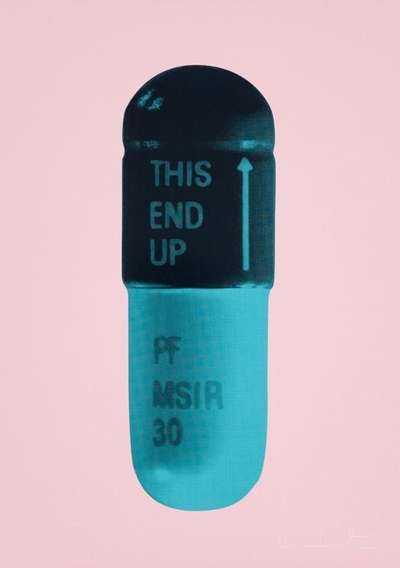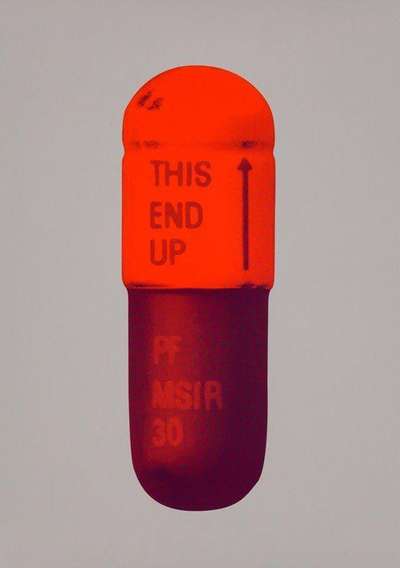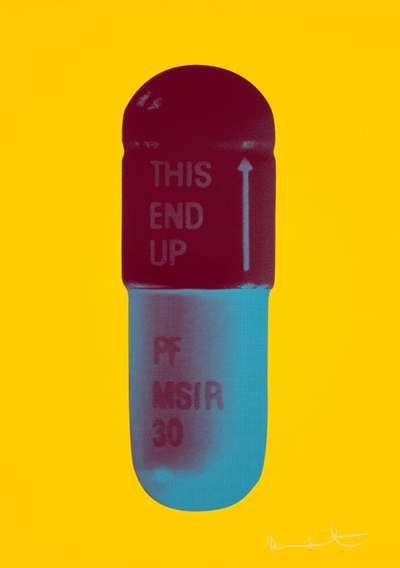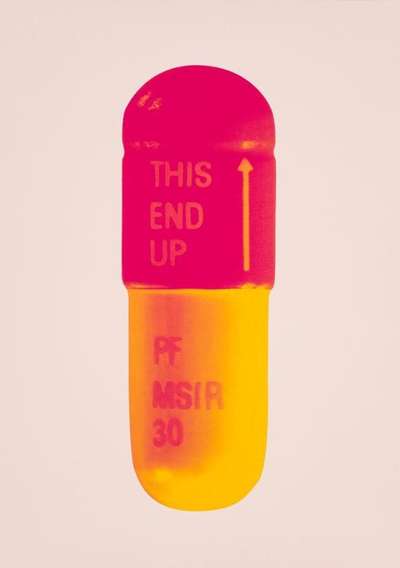
The Cure (ice pink, mauve, raspberry)

The Cure (ice pink, mauve, raspberry)
Signed Print
Damien Hirst
£6,000-£9,000Value Indicator
$12,500-$19,000 Value Indicator
$11,000-$17,000 Value Indicator
¥60,000-¥80,000 Value Indicator
€7,000-€11,000 Value Indicator
$60,000-$90,000 Value Indicator
¥1,170,000-¥1,750,000 Value Indicator
$8,000-$11,500 Value Indicator
AAGR (5 years) This estimate blends recent public auction records with our own private sale data and network demand.
There aren't enough data points on this work for a comprehensive result. Please speak to a specialist by making an enquiry.
Medium: Screenprint
Edition size: 15
Year: 2014
Size: H 72cm x W 51cm
Signed: Yes
Format: Signed Print
TradingFloor
Track this artwork in realtime
Watch artwork, manage valuations, track your portfolio and return against your collection
Meaning & Analysis
The Cure (ice pink, mauve, raspberry) is a silkscreen print by contemporary artist, Damien Hirst. Printed on Somerset Tub, Hirst produced this print in 2014. The print shows a two-colour pill, rendered in mauve and raspberry against an ice pink backdrop. The warm colours contrast with the cool background colour, making the pill stand out and demand the viewer’s attention. On the top half of the pill, Hirst writes ‘this end up’ in faded, capitalised letters, accompanied by an arrow pointing upwards.
The Cure (ice pink, mauve, raspberry) is one of thirty prints that compose The Cure series. The bold and vibrant colours Hirst uses in this print, along with the others in the series, resonate with the Pop Art style popularised by Andy Warhol in the 1960s. Hirst was clearly inspired by Warhol who took everyday objects and made them into fine art. As Warhol strove to blur the boundaries between high and low culture, in The Cure series, Hirst attempts to challenge the dichotomy between art and science by showing how medicine can be the subject of an artwork.
The Cure series is based on the minimalist aesthetic of the medicinal pill which, despite its simple appearance, behaves in an extremely complex and ingenious way. Hirst has long been interested in medicine and pharmaceuticals and calls modern medicine a contemporary belief system, likening it to religion. Hirst further developed this interest in 2017 with his Eat the Rich series in which he depicted tablet boxes and pharmaceutical packaging, instead of focussing on the pharmaceutical products themselves, as he does in The Cure series.



















